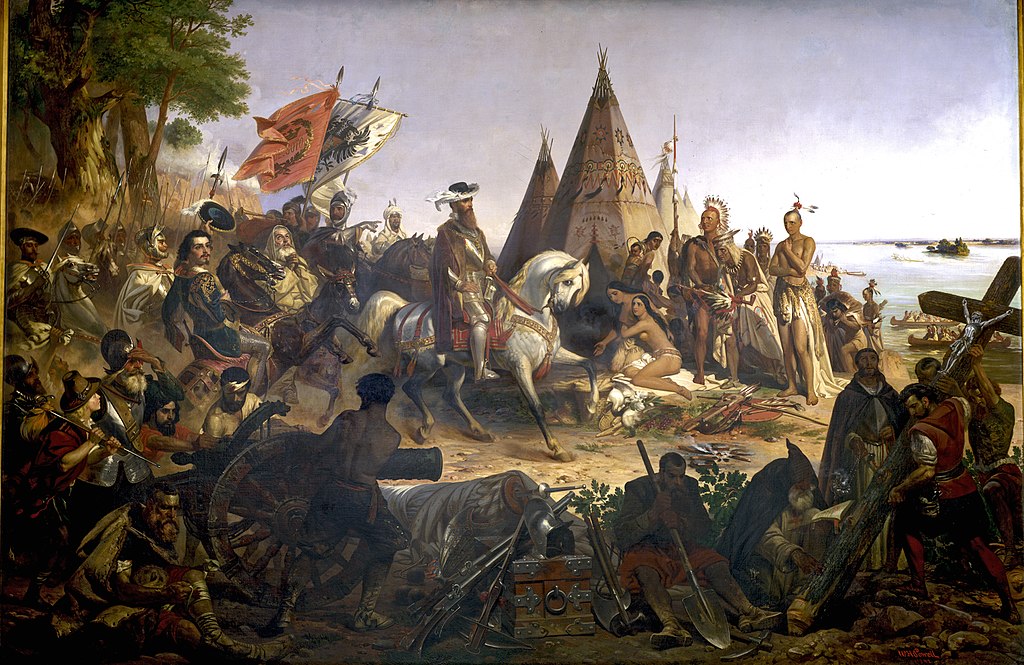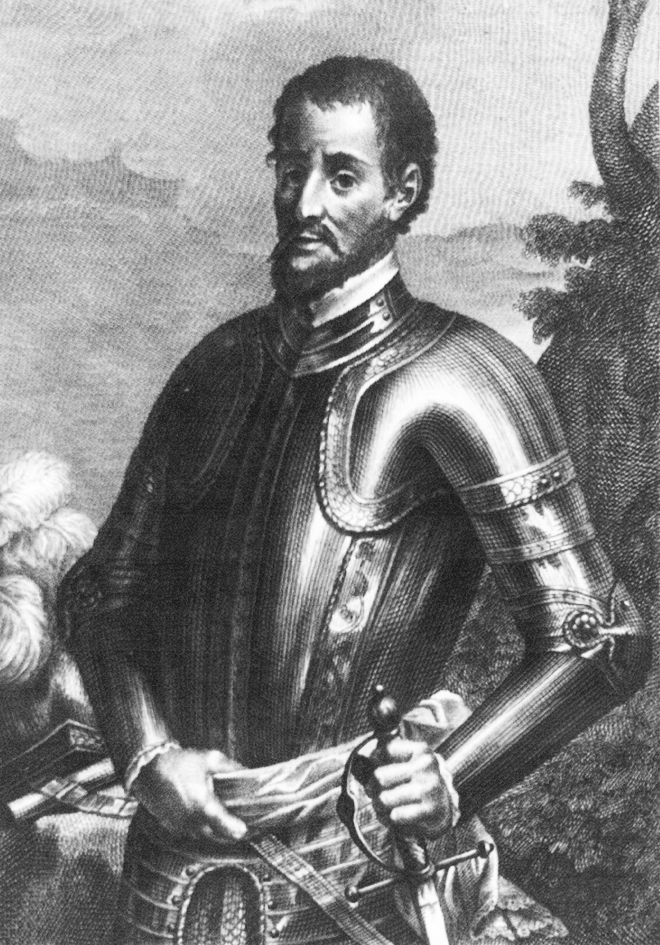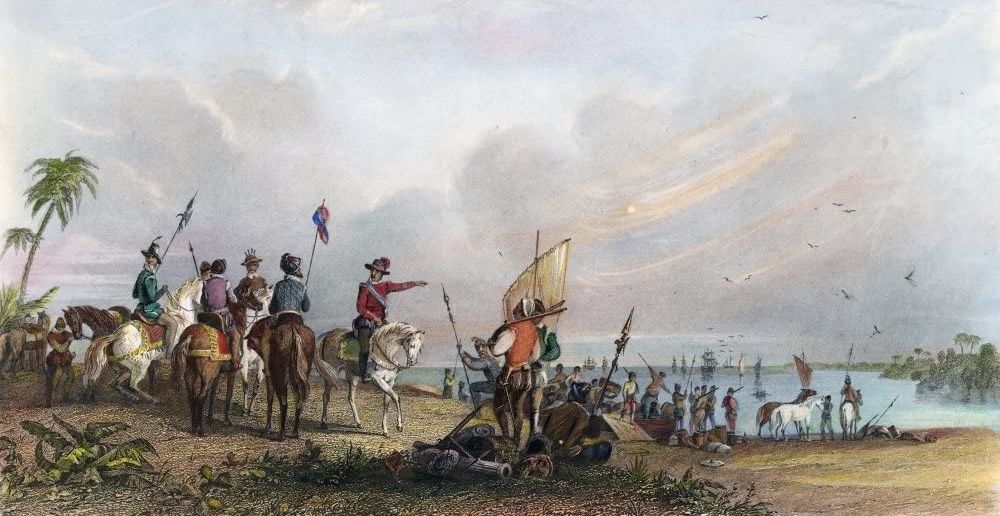Authors:
Historic Era: Era 1: Three Worlds Meet (Beginnings to 1620)
Historic Theme:
Subject:
Summer 2023 | Volume 68, Issue 4


Authors:
Historic Era: Era 1: Three Worlds Meet (Beginnings to 1620)
Historic Theme:
Subject:
Summer 2023 | Volume 68, Issue 4
Editor’s Note: One of the most respected historians of the Civil War and Indian conflicts, Peter Cozzens has written 17 books, including The Earth is Weeping: The Epic Story of the Indian Wars of the American West, which won the Gilder Lehrman Prize for Military History. He adapted the following from his latest book, A Brutal Reckoning: Andrew Jackson, the Creek Indians, and the Epic War for the American South.

Hernando de Soto craved gold, glory, and gore in quantities that made even his fellow conquistadors quake. When only twenty, he quit the impoverished confines of western Spain to find his fortune in the New World. In the succeeding sixteen years, the hawk-nosed young Spaniard enjoyed dizzying success slaughtering and pillaging indigenous peoples, first in Central America and later in Peru. De Soto returned to Spain wealthy and celebrated. He won the favor of King Ferdinand and Queen Isabella, who appointed him governor of Cuba, with the expectation that he would also colonize and plunder La Florida, as the Spanish then called North America.
Before de Soto could rightfully claim La Florida, he had to raise an army and conquer this strange country populated by its Native inhabitants. A less ambitious man might have been content to retire with his wealth as master of a settled island domain. But not de Soto. Vague rumors of vast gold deposits resting in the shadow of a dazzling mountain of diamond somewhere in the Carolinas propelled him onward.
De Soto had no difficulty finding Spanish adventurers to join him. In May 1539, he sailed from Havana for the west coast of what is today Florida, in seven ships with an army of six hundred men and a contingent of a hundred wives, female camp followers, black slaves, craftsmen, and priests. Crammed aboard the rocking galleons, caravels, and brigantines were 220 cavalry horses calculated to overawe the foot-bound natives; several packs of fierce hounds to track down and mangle those who fled; an ample supply of handcuffs, chains, and neck collars with which to enslave the natives; and a huge herd of hogs to supplement the provisions pilfered from them.

Well-disciplined but also ruggedly individualistic, de Soto’s conquistadors were a colorful lot, uniformed as befitted their tastes and means. Their basic outfit consisted of a long-sleeved shirt; a short, close-fitting padded jacket (doublet); and pants, breeches, or hose. The cavalry found boots and leather gloves essential, but infantrymen made do with simple sandals. Few could afford full body armor; most wore quilted cotton or leather jackets strong enough to withstand arrows fired from short bows. Affluent conquistadors also sported sleeveless chain-mail vests. Nearly